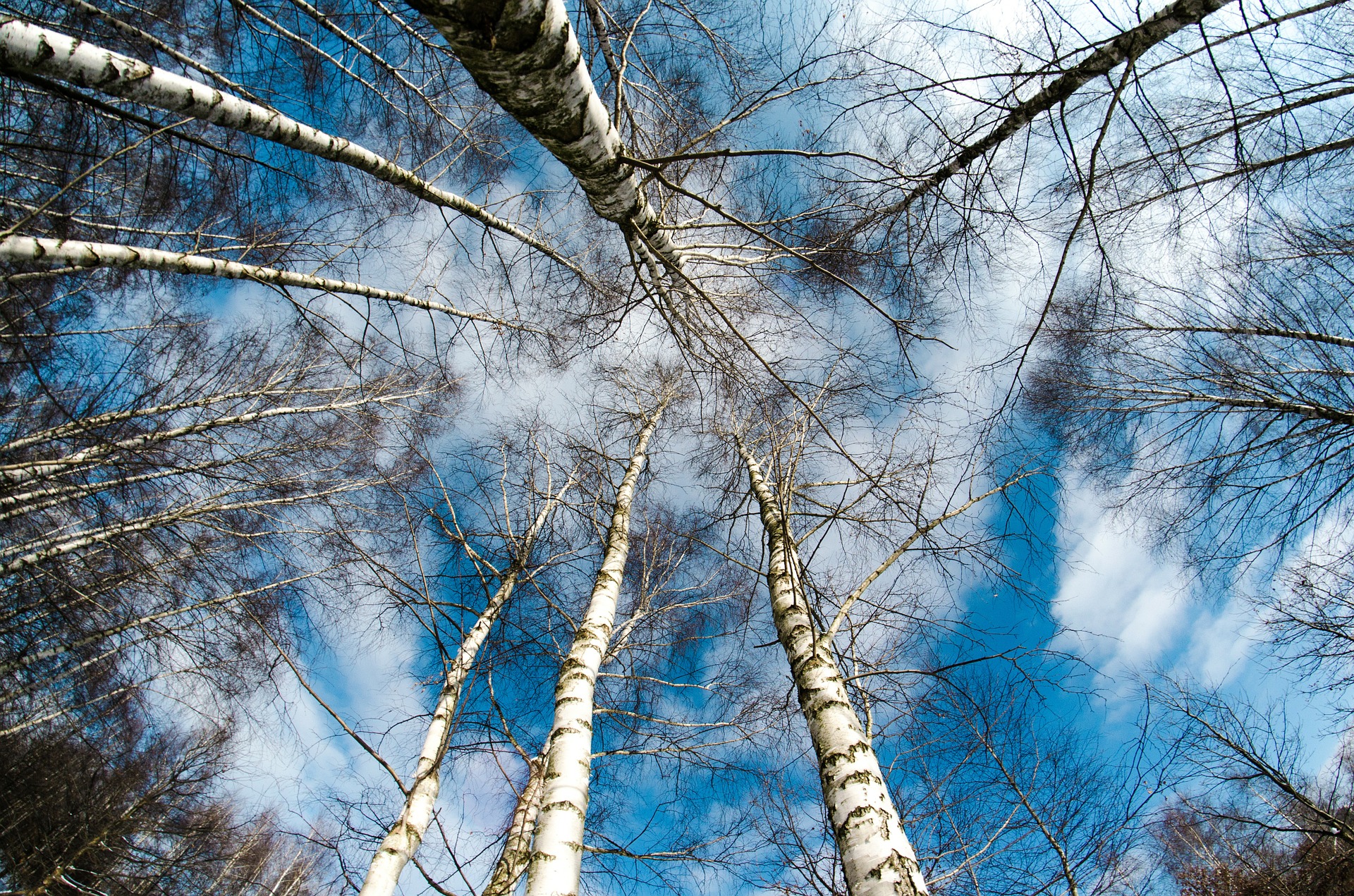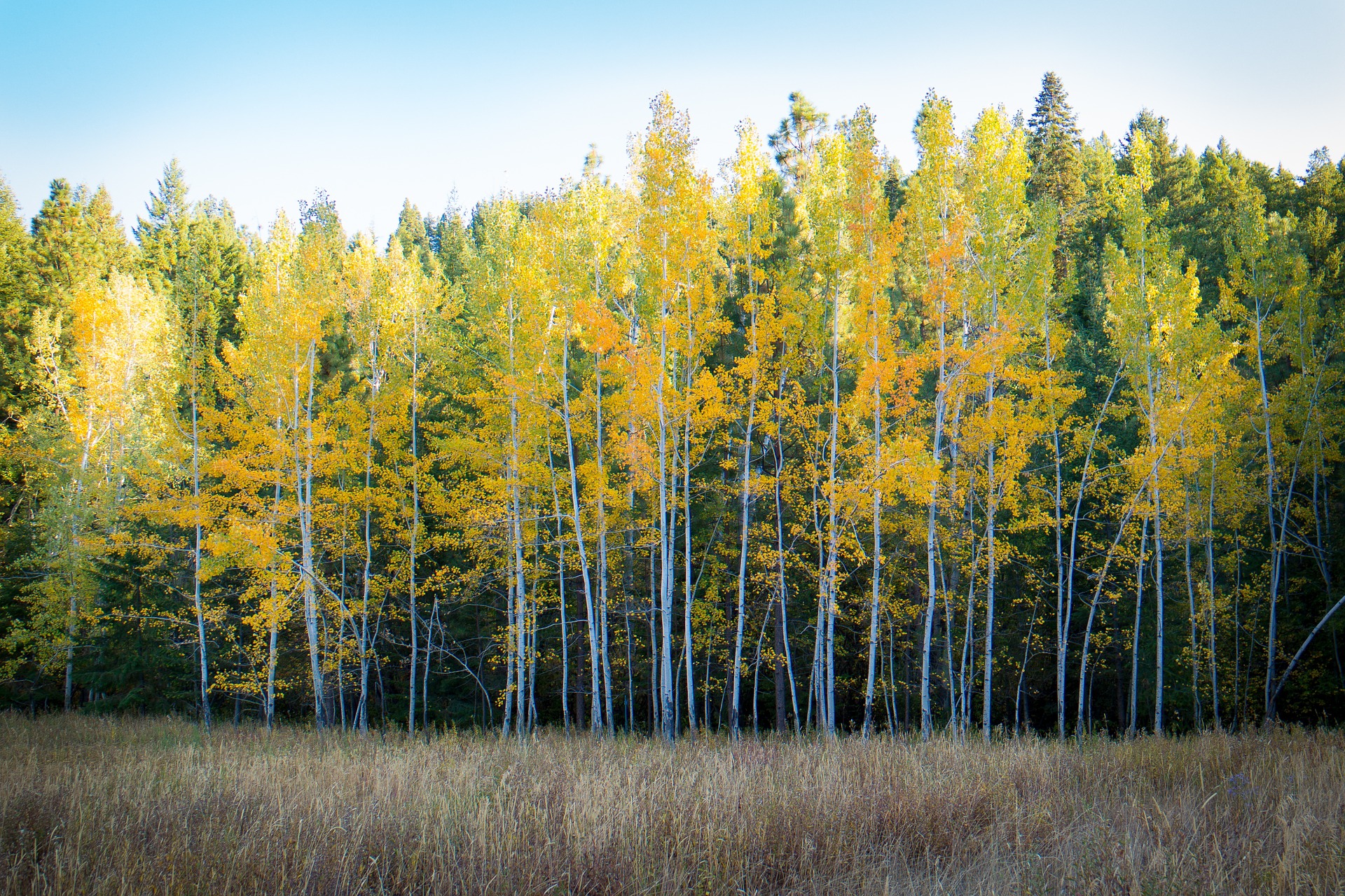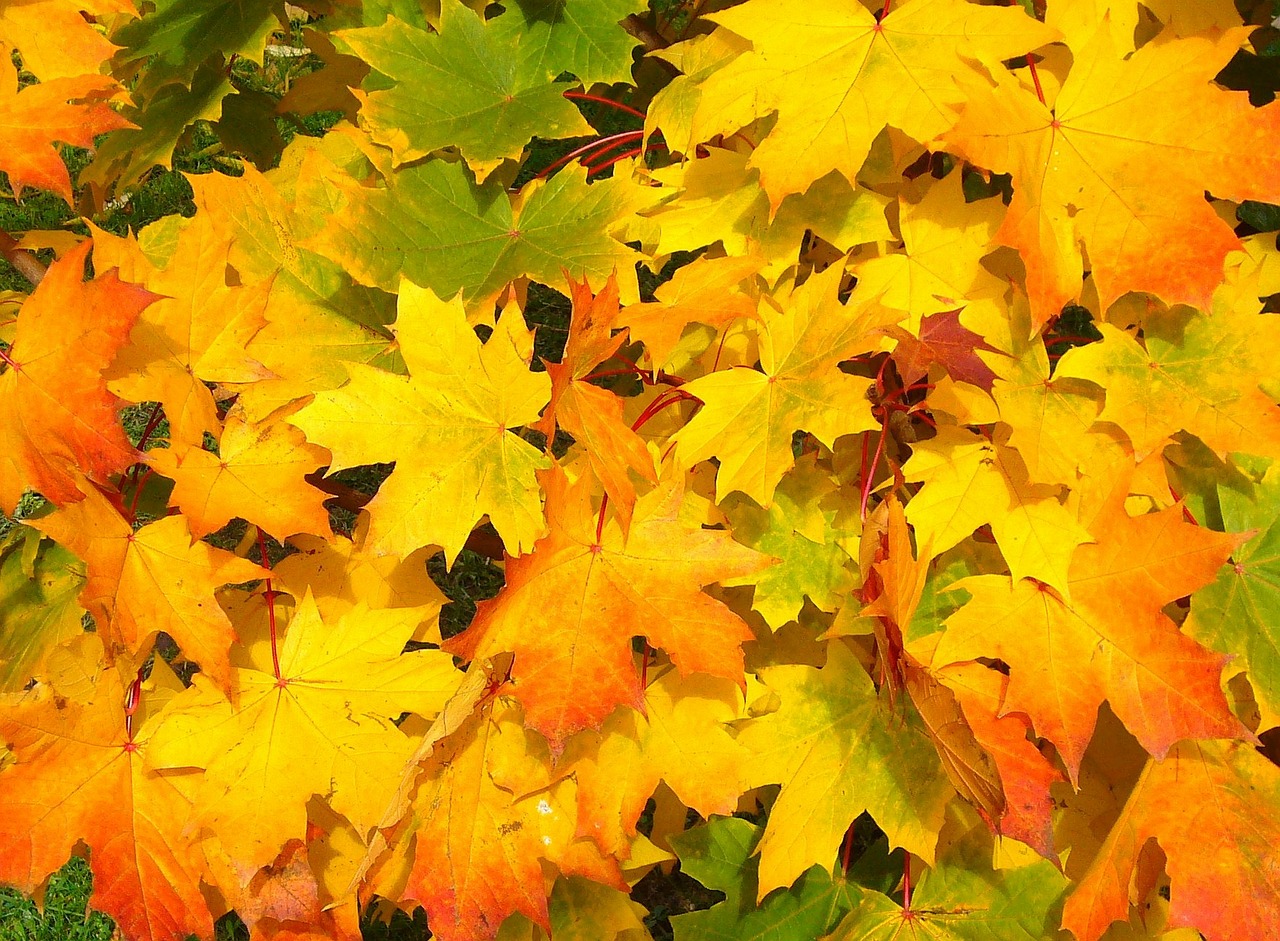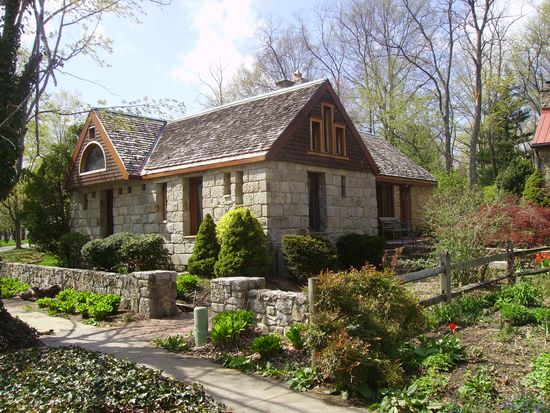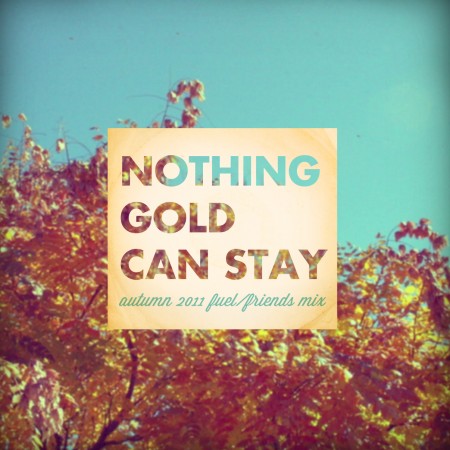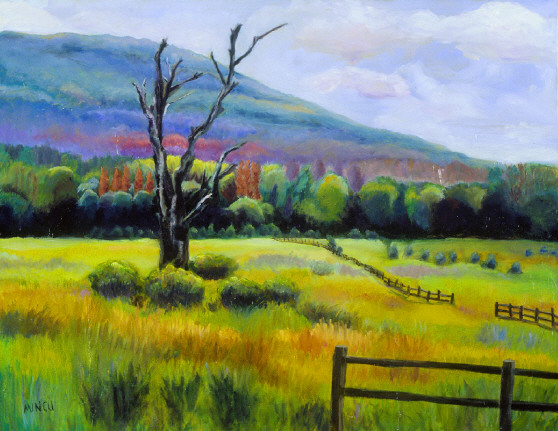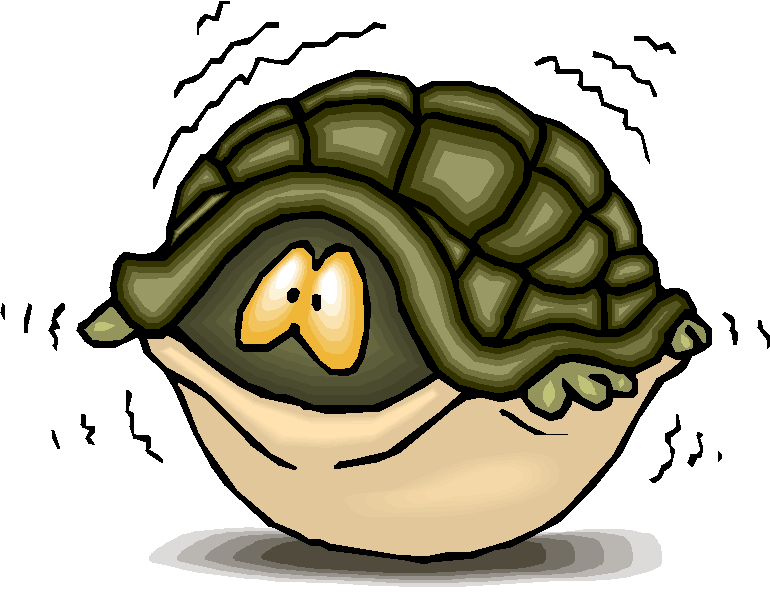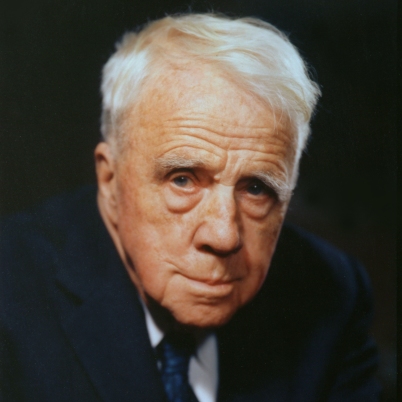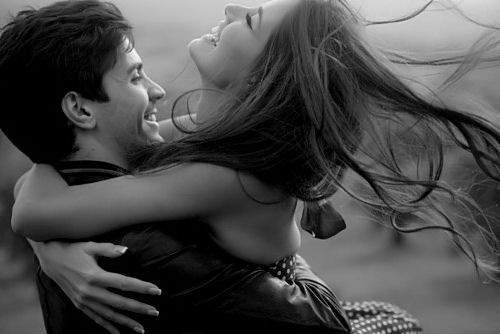Youth
The poem is full of allusions to the childhood experiences of the poet-cum-narrator and the imagined boys. The poet seems weary of this world and wants to return to his childhood once again leaving behind the responsibilities, duties, drudgeries of the day to day existence. This is a common theme in the poems of the Romantics and Robert Frost is most probably influenced by them.
Reality v/s Fancy
Robert Frost is known for his lovely nature poems. “Birches” is a famous nature poem of him. From the beginning of the poem, the poet starts imagining the possible causes of the bending of the birch trees. Then he goes on to imagine a lot of other things. Towards the latter portion of the poem, he expresses his desire to go away from this world as he has become world-weary, tired of his responsibilities and who doesn’t want to leave behind the drudgeries of day to day life. But after this initial escapist attitude, the poet reconciles to the idea of reality as he understands that no one can escape reality for long. One has to come back to this world as that has been the usual fate ascribed to humans by the Almighty. Although we can escape into our fancy for some time this balancing between imagination and reality is crucial and Frost seems to indicate this in his poem.
Nostalgia
Also a recurring theme in many of Frost’s poems, the theme of nostalgia is strong in this poem. After seeing the birch trees bending down, the poet “likes to think” that it has been the mischief of some rural New England boys with whom it has been the custom to play with the trees in their recreational periods. The poet too has been extremely fond of this in his own childhood. In the later section of the poem, the poet expresses his desire to go back once again to his childhood to enjoy these little, silly pleasures.
Tone
The tone of the poem is conversational. In the first section of the poem, the poet addresses the audience or the reader as “you” and builds up a sort of conversation with her/him. The technique of including the reader is quite innovative and a trademark of Robert Frost. It is often seen that in many of his poems, he engages in these sorts of conversation with Nature or a phenomenon that culminates into a deeper understanding of Nature.
Form and Structure
The poem is written in blank verse (unrhymed iambic pentameter) with variations to the standard rhyme scheme.
Figures of Speech
Robert Frost has used a number of figures of speech to enrich the quality of the language of the poem. These include simile, onomatopoeia, repetition, contrast, and personification.
1. Simile- It is a figure of speech in which a similarity between two different objects is explicitly stated, using the words ‘like’ or ‘as’. Examples of simile in this poem are-
“…trailing their leaves on the ground/ Like girls on hands and knees that throw their hair/Before them over their heads to dry in the sun”.
“…life is too much like a pathless wood”
2. Personification- It is a figure of speech in which wither an inanimate object or an abstract concept is endowed with human attributes or feelings. For instance, the poet has used a beautiful personification to describe the man’s desire to quit his present life and return to childhood-“…Half grant what I wish and snatch me away”.
Another instance occurs in the line “Truth broke in/With all her matter of fact about the ice storm”.
- Onomatopoeia– It is a figure of speech in which the sounds of the words convey the sense. An instance of onomatopoeia can be seen in the poem when the ice-covered branches strike with each other and produce a clicking sound.
“…They click upon themselves”.
4. Contrast- Contrasts in a poem are used to put two contradictory ideas together to highlight the theme of the poem. Some examples of contrast in the poem are –
“Sunny morning after a rainy night”.
“both going and coming back”
Some online learning platforms provide certifications, while others are designed to simply grow your skills in your personal and professional life. Including Masterclass and Coursera, here are our recommendations for the best online learning platforms you can sign up for today.
The 7 Best Online Learning Platforms of 2022
- Best Overall: Coursera
- Best for Niche Topics: Udemy
- Best for Creative Fields: Skillshare
- Best for Celebrity Lessons: MasterClass
- Best for STEM: EdX
- Best for Career Building: Udacity
- Best for Data Learning: Pluralsight
